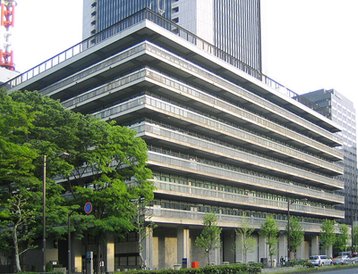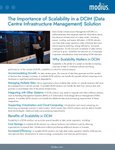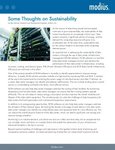The Japanese divisions of IBM and NTT say they have come up with an AI-powered solution that could help data center operators measure - and potentially cut - power consumption by monitoring the temperature of servers.
The joint project undertaken by Big Blue and NTT’s Comware integration division used an array of sensors to measure exhaust heat generated by equipment in one of NTT’s data centers in Japan.
By feeding this information into an AI system, the companies say they observed a “strong correlation” between exhaust heat generated by servers and their power consumption, and as such the system can be used to calculate the energy used and the CO2 emissions for different parts of a data center.
Details of how the AI model works have not been released, but the companies are working to develop the system into a product which they can jointly market to operators.
They believe this could offer a range of benefits for data center operators, including the ability to monitor heat generated by servers without having to reconfigure any software or hardware.
Perhaps more intriguingly, it may also be possible to use the solution to adjust air conditioning in different parts of a data center based on the additional understanding of how much heat is generated by different equipment. This could potentially cut electricity consumption, saving money and reducing a data center’s carbon footprint.
The system uses IBM’s Maximo platform for IT equipment configuration and NTT Comware’s Smart Data Fusion data analysis software. A demonstration of the system is currently taking place at the Innovation Studio in IBM Japan's new headquarters at Toranomon Hills Station Tower, Tokyo.
Data center operators are under pressure to cut their power usage in order to comply with emerging regulatory frameworks and meet sustainability targets.
As reported by DCD, global electricity use by data centers is set to double by 2026 according to the International Energy Agency (IEA).
A paper released by the IEA last month says data centers consumed 460TWh in 2022, a figure that could rise to more than 1,000TWh by 2026 in a worst-case scenario. This would be equivalent to adding the power consumption of a country the size of Germany to the grid.







